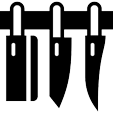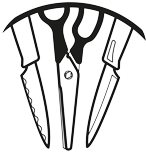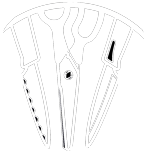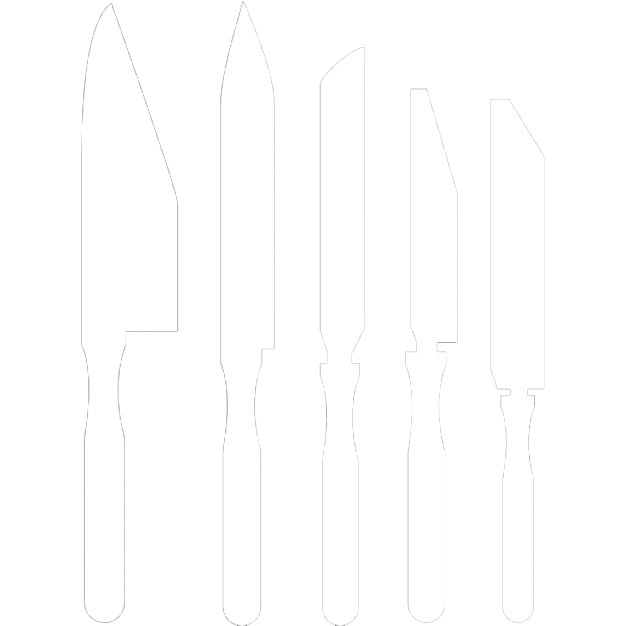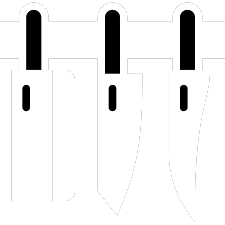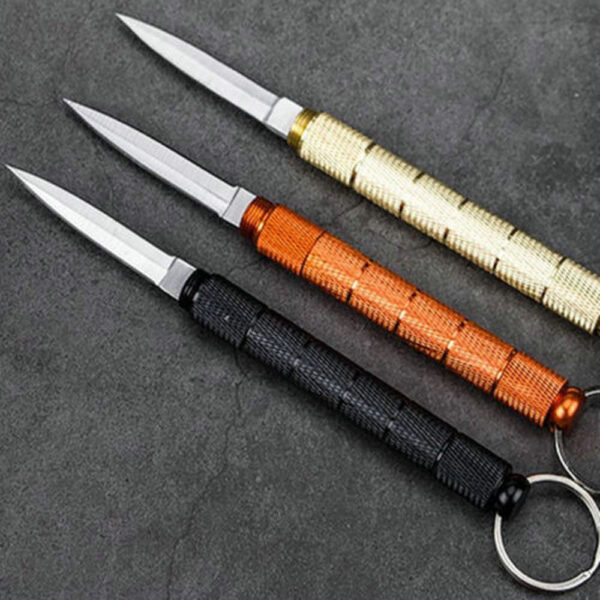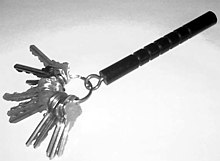KUBOTAN -Portable EDC Key Fold Knife Survival Keychain Folding Tactical Key Ring Tool
₹449.00Portable EDC Key Fold Knife Survival Keychain Folding Tactical Key Ring Tool
Specifications:
High toughness, stainless steel blade, sharp and durable.
Detachable design for easy carry and storage, convenient for use.
Multifunctional for camping, survival, fishing, hunting and other outdoor activities.
Key ring attached to hang on your bag, belt, keys, etc.
Type: Pocket Knife
Blade Material: 3CR13 Stainless Steel
Handle Material: Aluminium
Occasions: Outdoor, Survival, Camping, Hiking, Fishing, Hunting, etc.
Features: Practical, Multifunctional, Emergency Tool, Portable
Full Length: 17cm/6.69″ (Approx.)
Blade Length: 5.5cm/2.17″ (Approx.)
Color : BLACK
Package Includes:
1 x Pocket Knife
KUBOTAN Portable EDC Key Fold Knife Survival Keychain Folding Tactical Key Ring Tool – 2 pcs
₹849.00Portable EDC Key Fold Knife Survival Keychain Folding Tactical Key Ring Tool
Kubotan
Kubotan (sometimes erroneously spelled as kubaton or kobutan) is a genericized trademark for a self-defense keychain weapon developed by Sōke Takayuki Kubota in the late 1960s. It is typically no more than 5.5 inches (14 centimetres) long and about half an inch (1.25 centimetres) in diameter, slightly thicker or the same size as a marker pen. The body of the Kubotan is lined with six round grooves with a screw eye or swivel and split ring attachment at one end for keys
History
The Kubotan keychain was originally based on a small bamboo weapon called the “hashi stick”, an invention by Kubota’s father Denjiro. Its popularity grew in 1969 to 1970s when Kubota, at the request of California State Senator Edward M. Davis then former Chief of the Los Angeles Police Department, created the weapon and began training female officers in its application. It is often touted as extremely effective in breaking the will of unruly suspects with painful locks and pressure point strikes. Because of this, the Kubotan is also sometimes dubbed the ‘instrument of attitude adjustment’.
Concept
Applied as a weapon, some of its usage can be similar to that of the yawara stick or koppo stick. The principal targets in self-defence include bony, fleshy and sensitive parts such as knuckles, forearms, the bridge of the nose, shins, stomach, solar plexus, spine, temple, ribs, groin, neck and eyes. The Kubotan is usually held in either an icepick grip (for hammerfist strikes) or forward grip (for stabbing, pressure point attacks and seizing). Common uses include hardening the fist (fistload) for punching, attacking vulnerable parts of an assailant’s body, and gaining leverage on an assailant’s wrist, fingers and joints. With keys attached, it can function as a flailing weapon. As a pressure point weapon it can attack any point a finger can, but with greater penetration because of the smaller surface area at the ends. For example, a law enforcement officer may wrap his arm around a suspect’s neck while simultaneously digging the end of the Kubotan into the small of his back. The officer may also reach around the suspect’s neck and underarm from behind and cause pain by stabbing the end of the Kubotan into the top of his pectoral muscle. In other locking and compliance applications, the body of the Kubotan can be used to create pain. A typical pain compliance technique involves seizing an attacker’s wrist and sealing both hands around it with the length of the Kubotan laid across the radius bone. Downward squeezing pressure is then applied to the bone to take down the attacker.
Legality
The Kubotan may appear as an innocuous key fob to the untrained eye. In some cases however it may be recognized and considered an offensive weapon in some jurisdictions. In the United States there are few legal restrictions on Kubotans, with the notable exception that they are prohibited as carry-on items for air travellers.[1] Whether a non-spiked Kubotan (i.e. a rod) is classed as an offensive weapon in the UK depends upon the circumstances of the case and is for a jury to decide.[2] In April 2010 actor and entertainer Darren Day was found guilty of possessing an offensive weapon, namely a kubotan-style keyring, by a court in Edinburgh.[3]
Improvised versions of the Kubotan can be readily found and put to use. Because a Kubotan is just a rod of a hard material, any restrictive regulation would most likely be ambiguous and undefined due to the ability for any common item to be used in a kubotan-like fashion. In this respect, the Kubotan can be substituted by everyday items such as hairbrushes, pens, markers, flashlights, small wooden dowels and even electronic cigarettes. Metal pens (i.e. tactical pens) are also sometimes marketed as substitutes for the Kubotan.
This product has a concealed knife inside with a key ring.

